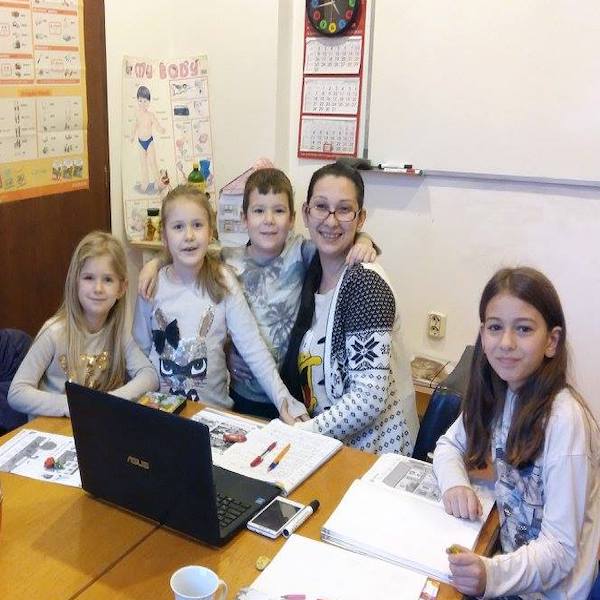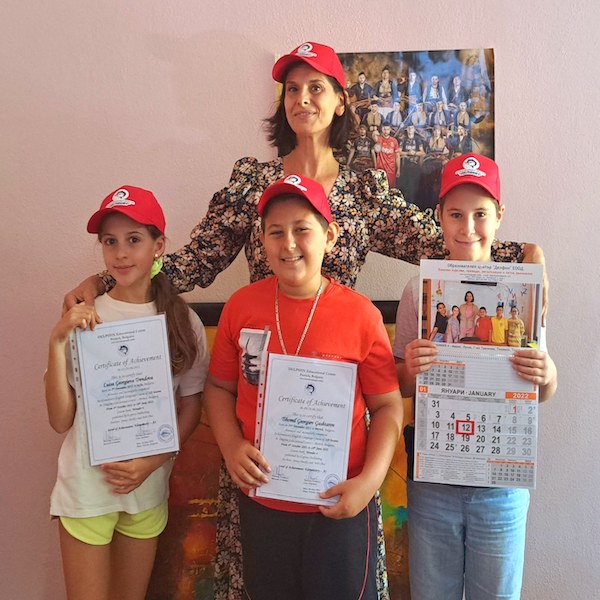Digital World & Kids
🤖 Kids and Coding
🤔 Why Programming is important at early age?
Developing coding skills and how this can help your child?
Coding is one of the most popular skills for children to commit to in the 21st century. It is also often referred to as software and computer programming and is fast becoming an important element of education. Learning to code as an activity is not only useful for its benefits in the majority of careers for the future but also aids many life skills in young children. Children find various benefits of coding problem solving, design thinking, and project management skills alongside induced creative reimaginations of the world.
🤖 Benefits of Learning Programming at Young Age
Admin
Children
15

🤖 Programming at young age: Benefits And Results
Most people these days still see computer coding or programming as a highly technical or even nerdy activity that is only attractive to a minority of the population. In reality, coding is getting to be a newer type of literacy. It is a skill that is useful in everyday life, especially in today's highly digital world. For most people, having at least a basic level of skill at programming will make it easier to use a smartphone, link devices, and manage files across multiple platforms. Consider all of these benefits of supporting learning programming at a young age; by helping your kids learn some computer programming, you can even learn along with them.
The schools use computers for many other activities, but it is a rare school curriculum that includes any computer programming. Including a computer programming skills segment to our curriculum, this type of education helps kids to learn the basic inner workings of computers. Kids can feel successful at getting a computer to do what they tell it to do. This foundation can set kids up for a lifetime of successful use and management of the technology in their everyday lives.
Creating and Nurturing Talent in Children
Talent is one of the defining factors for standing out. As we have observed, most talented people have strong beginnings. The most successful people often start early. In creative fields, the children simply practice and hone their skills. Most people aren’t clear about their gift in childhood, though. There’s also no proper way of finding out about the gift either.
Since the foundations of future technologies are built upon digital technologies, there’s a benefit for the children to learn to code early on. It will help them have a firm base to build upon the talents they develop in the future. As we are already witnessing, even the creative fields require digital knowledge even now. Knowledge of coding will improve the chances of upskilling themselves.
How is coding helping children?
Children who learn to code display improvement in the various facets of their academic and non-academic journey. Coding for children can help in learning other subjects and also improve life skills. Young coders have increased confidence at school and are able to solve real-life problems quickly. Learning how to code can improve a child’s overall academic performance. By learning to code, children are able to visualize abstract concepts in a much better way.
Not only this, but coding can also help them in the application of Mathematics to real-world issues by formulating creative solutions. Coding for children can make learning other subjects more practical and fun than ever before.
Computational Thinking

Computational thinking is the ability to communicate your thoughts in a structured and logical way. This type of thought process is like the step-by-step instructions that are coded into a computer. It is also the process of thinking up and then solving problems in a methodical way that could be replicated by a machine. Software engineers, computer programmers, and logistics specialists use this method of thinking to solve problems. Computational thinking is a combination of advanced mathematics, algorithm development and logic. The development of computational thinking involves considering a problem and breaking it down into single-action steps. Each of these steps is handled in the most efficient way possible. There is also an element of abstraction in computational thinking, which allows your child to move from a specific solution to a specific problem and generalize it to other situations. The result is a paradigm shift in thinking about how the world works.
Computational thinking allows us to take a complex problem, understand what the problem is and develop possible solutions. We can then present these solutions in a way that a computer, a human, or both, can understand.
The four cornerstones of computational thinking
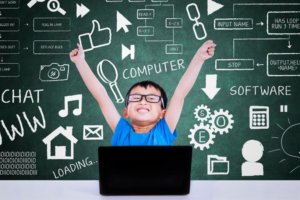
There are four key techniques (cornerstones) to computational thinking:
- decomposition - breaking down a complex problem or system into smaller, more manageable parts
- pattern recognition – looking for similarities among and within problems
- abstraction – focusing on the important information only, ignoring irrelevant detail
- algorithms - developing a step-by-step solution to the problem, or the rules to follow to solve the problem
Each cornerstone is as important as the others. They are like legs on a table - if one leg is missing, the table will probably collapse. Correctly applying all four techniques will help when programming.
Creativity, Thinking Fluidity
Children have creative and fluid minds that allow them to think in a more “out of the box” way. The nearly endless ways of coding and solving problems can inspire kids to grow. You can show your child that coding is a type of storytelling. There is a logical beginning, progression, and ending to the story and the program. These skills can set kids up for success in written and oral communications in school and thankfully the introduction of IT basics in schools is becoming widespread.
Job Opportunities
The current generation of children will need to be literate in technology in order to be competitive in the future job market. Not knowing how to code will be comparable to not knowing how to read. Most jobs require the knowledge of basic IT skills, while even retail and fast food jobs require the use of technology and computers. Coding specialists are well-paid and highly sought-after on the current market, and opportunities for these skilled employees will expand in the future.
The Learning Process, Possibilities, And Results Of The Benefits
Just like learning how to ride a bike, learning how to code is easier when you are young. Even four-year-old children can learn the basic concepts of computing. Learning how to code is getting easier and more interesting as there are more and more new types of software and updated instructional methods that keep kids interested and excited about computer programming.
Kids will not have to spend hours studying the specifics of coding. Instead, they can use games to help teach them the basics of computer coding.
These benefits of learning programming at a young age helps kids to gain advantages in thinking, processing and communicating. These skills will later help kids to be innovative, which will translate into nearly any profession. From physicians to musicians, being able to program and develop computer apps and software can translate into success.
A future with endless possibilities
Programming abilities and digital skills are in high demand in the world of business. Our programs and courses let you open the door today for the success of your child tomorrow. Coding involves conveying instructions to a computer using languages it understands. These instructions, written as codes, can be used to build different software applications and website implementations.
Related Post

Behavioral methods

Why
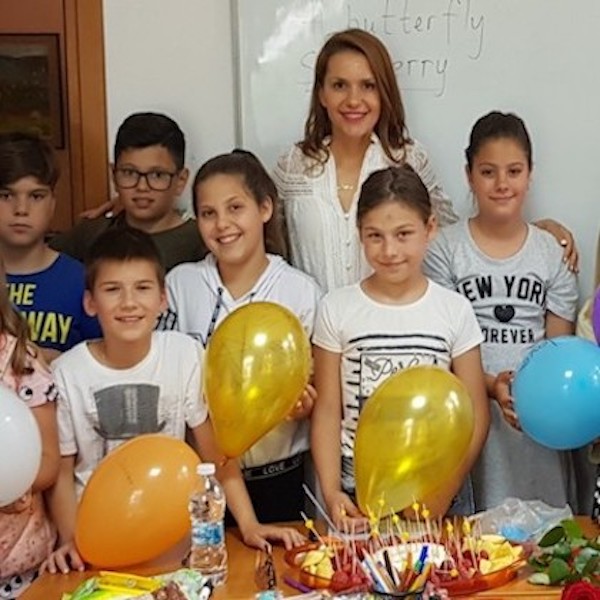
🤔 Language & Children
3 Comments

Anne Angelova 01 Jan 2023 at 12:00pm
Understanding is always greater than speaking and young children’s ability to comprehend should not be underestimated, as they are used to understanding their home language from a variety of context clues. Though they may not understand everything they hear in their home language, children grasp the gist – that is they understand a few important words and decipher the rest using different clues to interpret the meaning. With encouragement they soon transfer their ‘gist’ understanding skills to interpret language meaning.

Kiril Grigorov 01 Jan 2023 at 15:24pm
Boys’ brains develop differently from girls’ and this affects how boys pick up language and use it. Sometimes mixed classes make little provision for boys, who may be overshadowed by girls’ natural ability to use language. If young boys are to reach their potential, they need some different language experiences with girls and their achievements should not be compared with those of girls.

Militsa 13 Feb 2023 at 18:00pm
English sessions are fun and interesting, concentrating on concepts children have already understood in their home language. In this way children are not learning two things, a new concept as well as new language, but merely learning the English to talk about something they already know.
Leave a comment

Irena Popova
Delphin Digital Program
🐬 Categories
- Languages and Yaung Lerners 150
- Coding 131
- Online Marketing 78
- Keyword Research 56
- Email Marketing 98
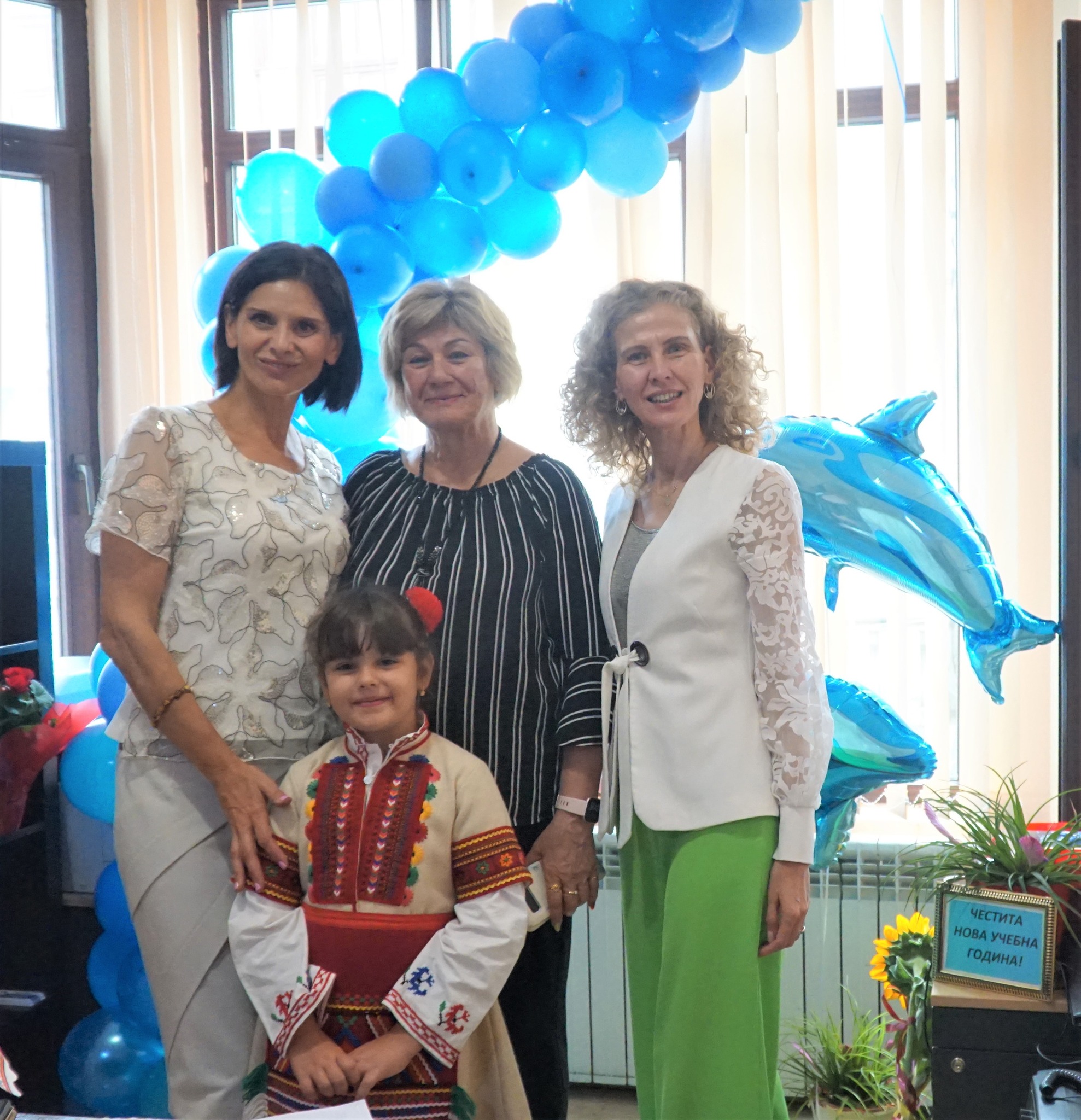
🐬 Recent Post

🤔 Reasons to learn German

🤔 Language & Children

🐬 News & Info

🐬 Tags Cloud

Popular Posts

🐬 Coding & Children

🐬 Summer Camp Advendtures
The advantages of beginning early Young children are natural language acquirers; they are self-motivated to pick up language without conscious learning, unlike adolescents and adults. They have the ability to imitate pronunciation and work out the rules for themselves. Any idea that learning to talk in English is difficult does not occur to them unless it’s suggested by adults, who themselves probably learned English academically at a later age through grammar-based text books.
Young children are still using their individual, innate language-learning strategies to acquire their home language and soon find they can also use these strategies to pick up English.
Young children have time to learn through play-like activities. They pick up language by taking part in an activity shared with an adult. They firstly make sense of the activity and then get meaning from the adult’s shared language.
Children who have the opportunity to pick up a second language while they are still young appear to use the same innate language-learning strategies throughout life when learning other languages. Picking up third, fourth, or even more languages is easier than picking up a second.
Mistakes
Children should not be told they have made a mistake because any correction immediately demotivates. Mistakes may be part of the process of working out grammar rules of English or they may be a fault in pronunciation. ‘I goed’ soon becomes ‘went’ if the child hears the adult repeat back ‘yes, you went’; or if the adult hears ‘zee bus’ and repeats ‘the bus’. As in learning their home language, if children have an opportunity to hear the adult repeat the same piece of language correctly, they will self-correct in their own time.

Parental Support
Children need to feel that they are making progress. They need continual encouragement as well as praise for good performance, as any success motivates. Parents are in an ideal position to motivate and so help their children learn, even if they have only basic English themselves and are learning alongside their young children.
By sharing, parents can not only bring their child’s language and activities into family life, but can also influence their young children’s attitudes to language learning and other cultures. It is now generally accepted that most lifelong attitudes are formed by the age of eight or nine.
